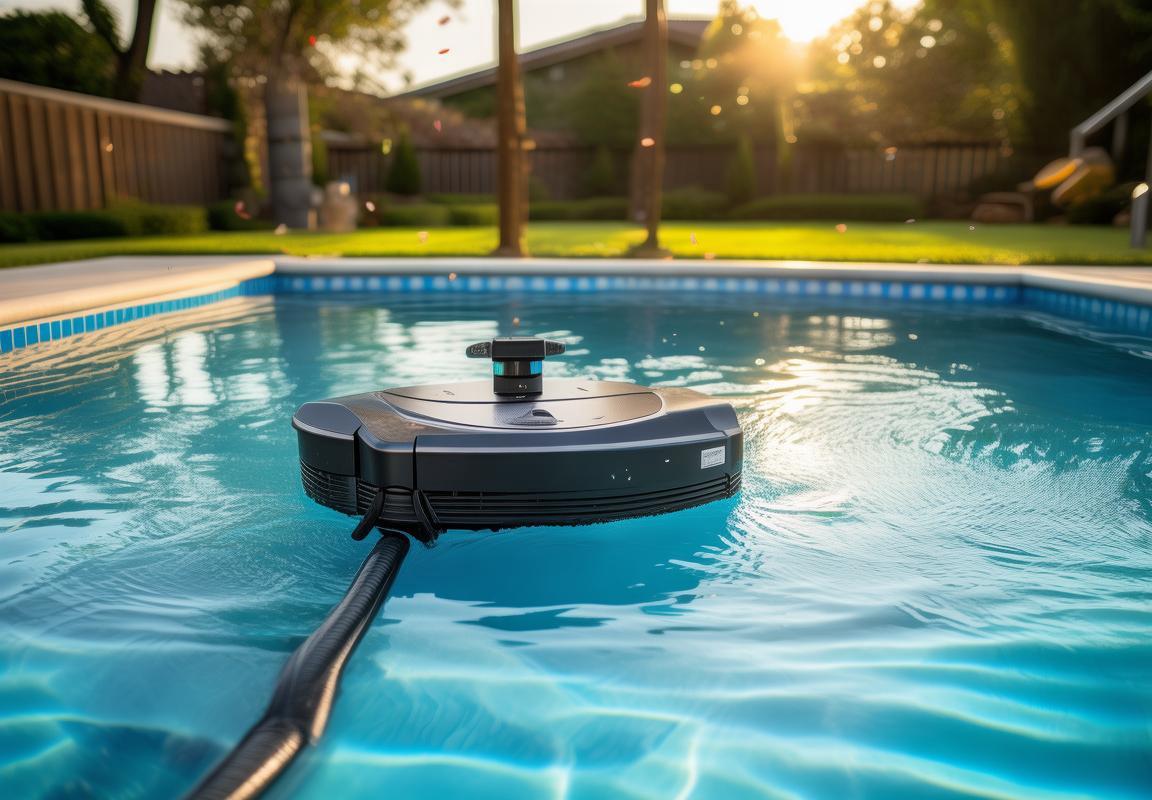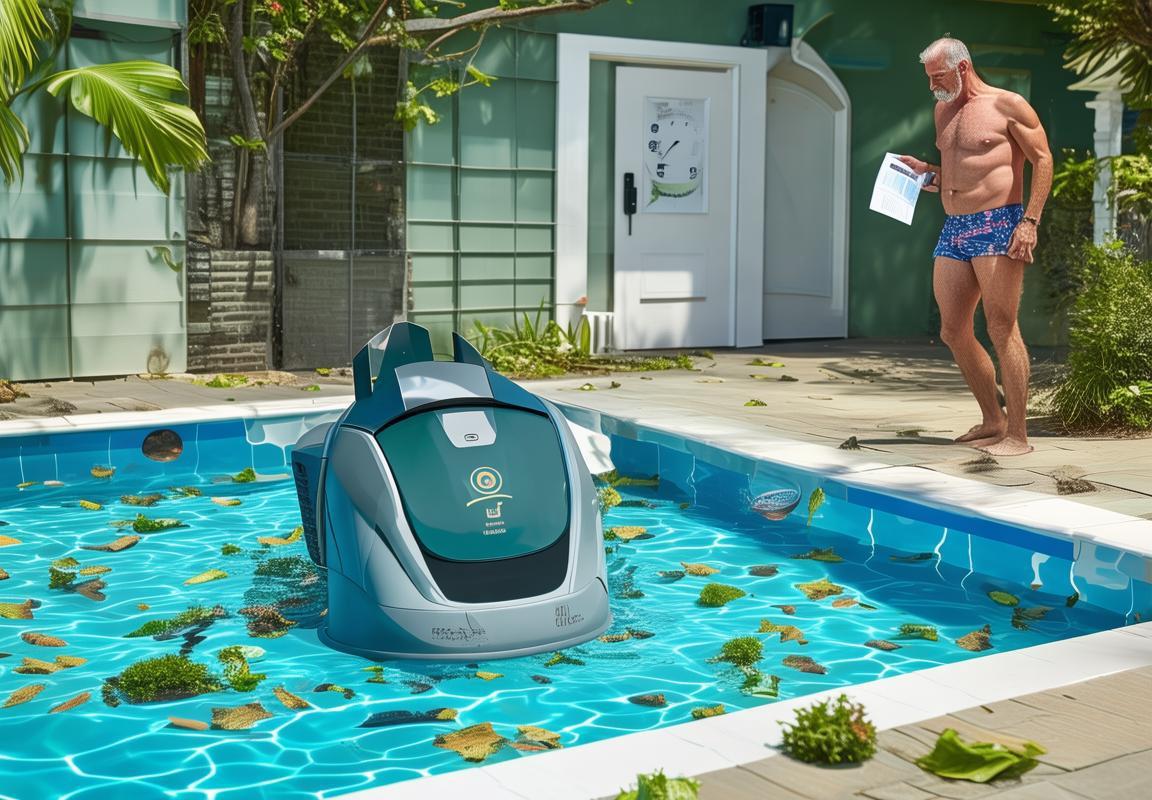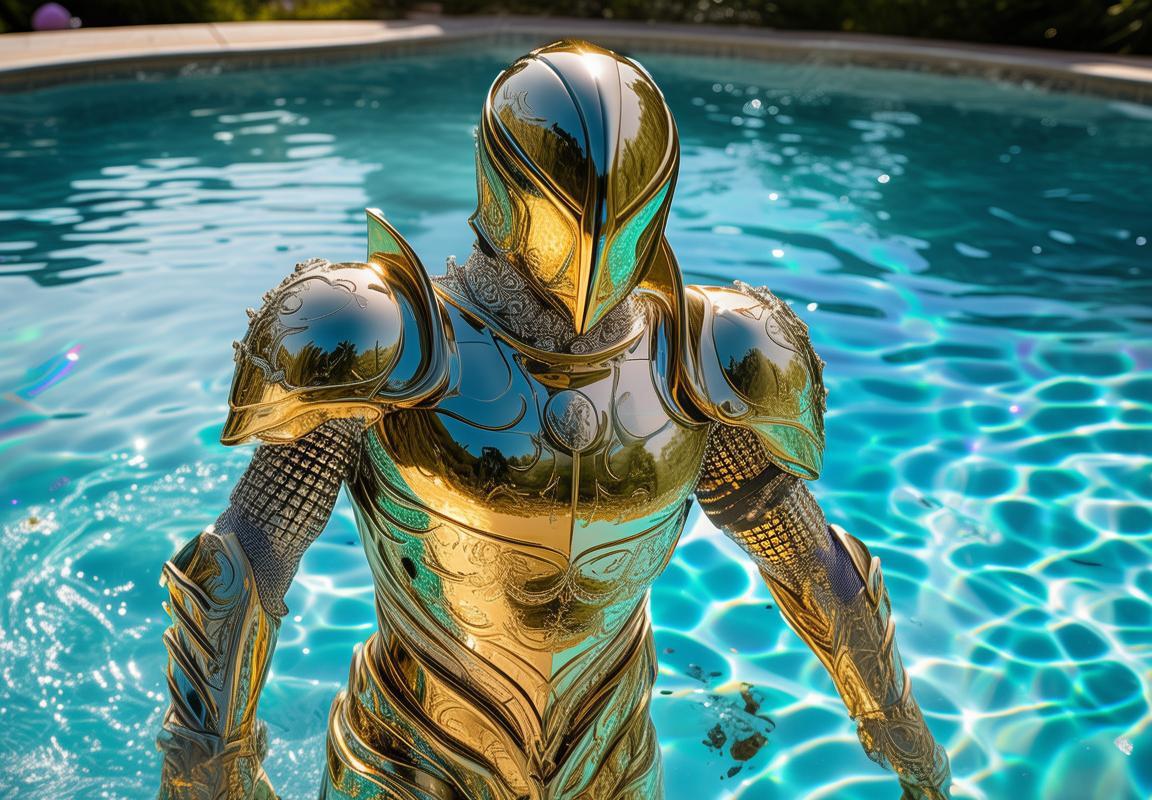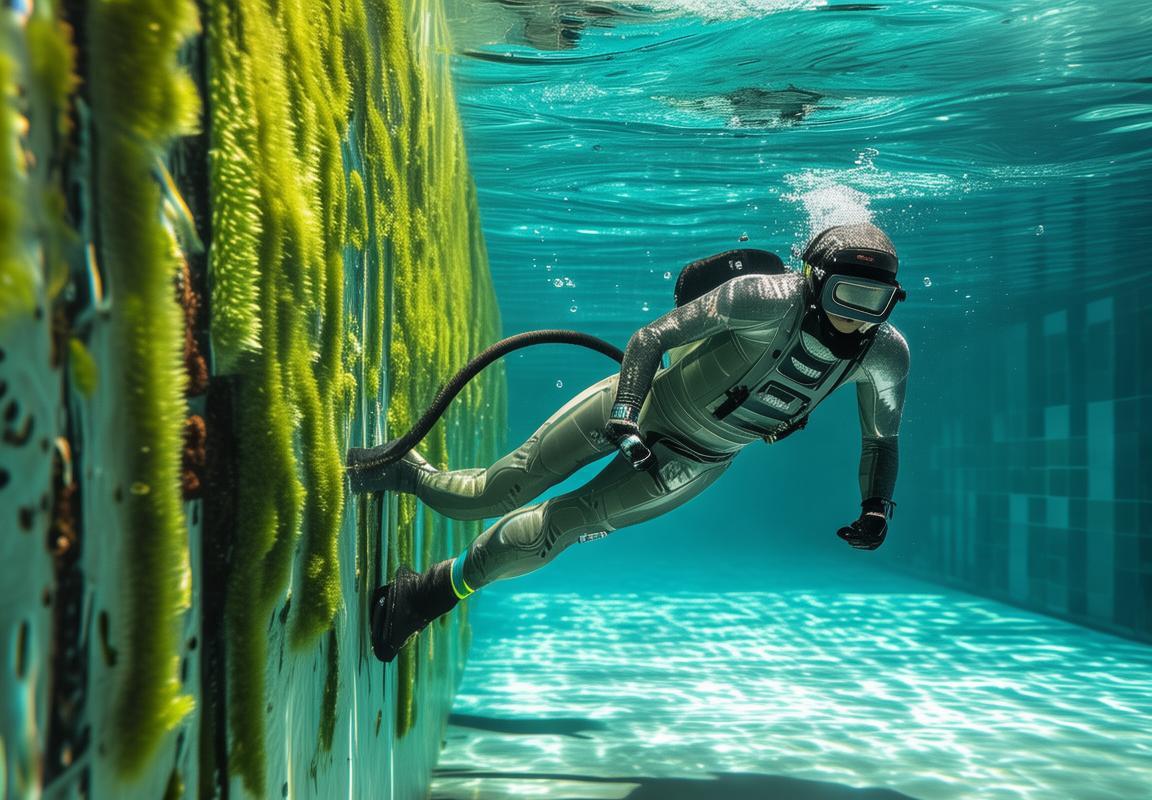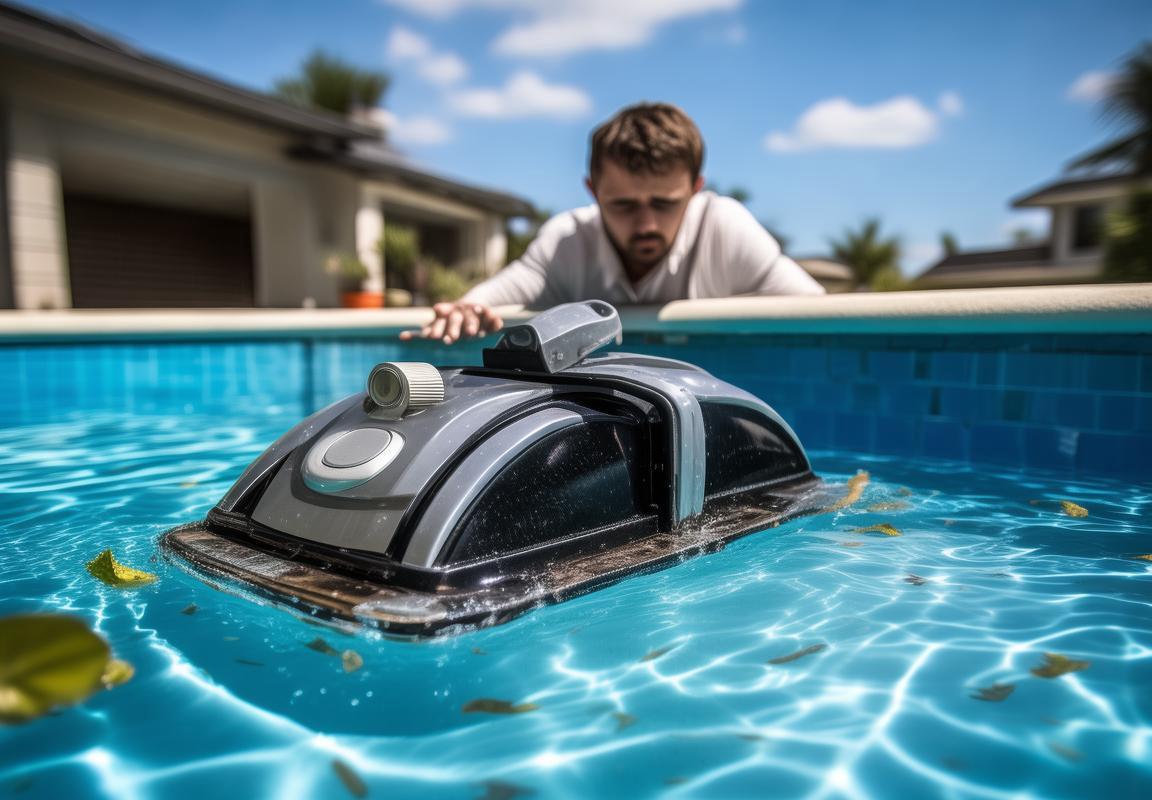Legend Pool Cleaner Review: How This Cleaner Transformed My Pool Maintenance & Why the Hose Design Matters
Before the Legend Pool Cleaner arrived, my pool was a green, sludgy nightmare—more swamp than oasis. I battled algae, leaves, and murky water with manual scrubbing, expensive chemicals, and bargain cleaners that died within weeks. Then I tried the Legend Pool Cleaner, and everything changed. This thing doesn’t just clean; it hunts debris, climbing walls and scouring corners with industrial-grade suction. No more weekend battles with a skimmer or panicked pre-party scrubbing—just drop it in, let it run, and enjoy a cleaner pool within hours. Even the pool cleaner hose is durable, avoiding the tangles and kinks of cheaper models.
